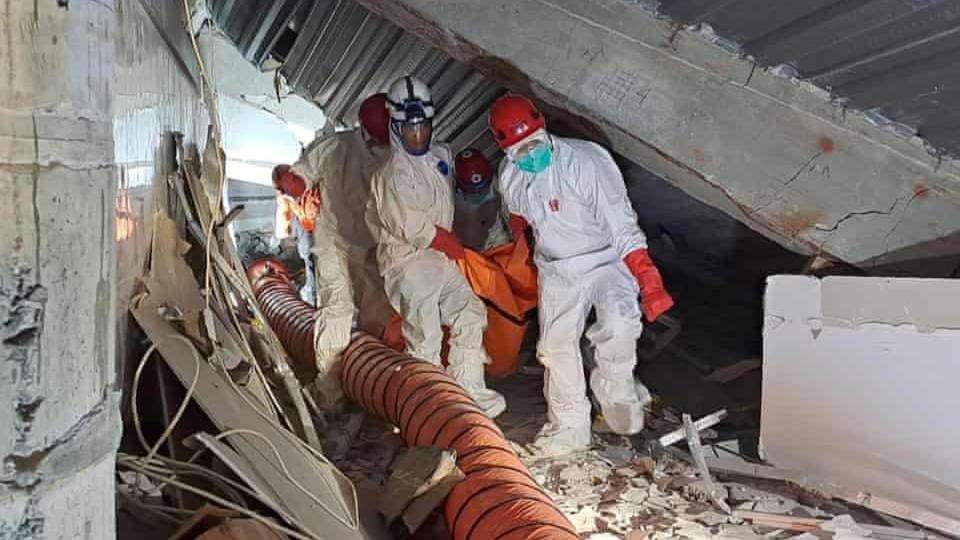On May 29, 1453, the city of Constantinople, the gleaming capital of the Byzantine Empire and spiritual heart of Eastern Christendom, fell to the armies of the Ottoman Empire after a brutal 53-day siege. The conquest marked the end of the Middle Ages, triggered seismic shifts in global trade and religion, and established Istanbul as one of the world’s most powerful and enduring imperial capitals. More than just a military victory, the fall of Constantinople was the collapse of a civilization and the birth of another.
"I have conquered Constantinople." – Sultan Mehmed II (Mehmed the Conqueror)
The city of Istanbul officially received its modern name in 1930, during the early years of the Republic of Turkey. However, the use of the name "Istanbul" dates back many centuries earlier in informal and colloquial usage.
The Byzantine Bastion: A Thousand Years of Glory
Founded in 330 CE by Emperor Constantine the Great, Constantinople (originally Byzantium) was designed to be the "New Rome"—a Christian imperial capital straddling Europe and Asia. For over 1,100 years, it stood as the eastern bulwark of Roman civilization, weathering wave after wave of sieges, invasions, and schisms.
At its height, Constantinople was unmatched in wealth, architectural brilliance, and spiritual significance. The Hagia Sophia, completed in 537 CE under Emperor Justinian, was the largest cathedral in the world for nearly a thousand years. The city’s triple-layered Theodosian Walls, constructed in the 5th century, earned it a reputation as the most impregnable fortress of the medieval world.
But by the mid-15th century, the Byzantine Empire had shrunk to little more than Constantinople itself and a few surrounding territories. The empire was a ghost of its former self, isolated, underfunded, and surrounded by rising powers.
Enter the Ottomans: A New Empire on the Rise
The Ottomans had been expanding steadily for over a century, absorbing former Byzantine territories across Anatolia and the Balkans. In 1451, Sultan Mehmed II, only 19 years old, assumed the throne. Brilliant, multilingual, and ruthless, he was obsessed with taking Constantinople—a goal long cherished by his predecessors.
Mehmed knew that controlling the city would grant him not only a strategic and economic prize but also unparalleled legitimacy as an emperor of both East and West. The conquest would cement his role as the ruler of a universal Islamic empire.
To achieve this, he prepared meticulously:
-
Reorganized his army and navy
-
Fortified the Bosphorus by building Rumeli Hisarı, a massive fortress north of Constantinople
-
Employed the expertise of Orban, a Hungarian engineer who constructed massive siege cannons—some of the largest ever built
Among these was the legendary “Basilica,” a supergun capable of hurling 600-pound stones over a mile.
The Siege: 6 April – 29 May 1453
The siege began on April 6, 1453, with Mehmed’s forces—between 80,000 to 100,000 men, including elite Janissaries and auxiliary troops—encircling the city. The Byzantines, led by Emperor Constantine XI Palaiologos, mustered barely 7,000 defenders, including a few thousand Genoese and Venetian allies under the mercenary commander Giovanni Giustiniani.
Despite being outnumbered, the Byzantines used their city’s legendary walls, secret underground passages, and the Golden Horn chain (which blocked enemy ships) to hold out heroically.
Mehmed countered with innovation:
-
He built roads to drag ships overland and bypass the Golden Horn blockade
-
He launched wave after wave of assaults while bombarding the city walls day and night
-
He offered the defenders surrender terms; they refused
On May 28, the final assault was launched. In the early hours of May 29, after waves of fierce fighting, Ottoman forces breached the walls through the Kerkoporta gate, reportedly left open or weakly defended. Emperor Constantine XI fought to the death and disappeared in the chaos, becoming a martyr and symbol of Byzantine resilience.
By midday, the Ottoman banner flew above the Hagia Sophia, and Constantinople was Ottoman.
Aftermath: The Transformation of a City and a Civilization
Sultan Mehmed rode into the Hagia Sophia and, in an iconic moment, declared it a mosque. The church’s Christian icons were covered or removed, and Islamic prayer was held inside the ancient basilica for the first time.
Looting, a customary part of medieval conquest, was allowed briefly but was soon halted by Mehmed, who proclaimed himself “Kaiser-i-Rum” (Caesar of Rome) and ordered the rebuilding and repopulation of the city.
He invited Muslims, Christians, and Jews to settle there, turning Constantinople—now Istanbul—into a multiethnic, multireligious capital that would grow to rival Rome and Baghdad.
The Byzantine Empire was no more. In its place rose the Ottoman Empire, a superpower that would endure for nearly 500 years, reaching its height under Suleiman the Magnificent in the 16th century.
Global Consequences: The World Reborn
The conquest sent shockwaves across Europe and Asia:
-
Christian Europe mourned the fall of Christendom’s eastern stronghold
-
The event accelerated the Age of Exploration: With trade routes to the East now under Ottoman control, European powers sought new paths—leading to Columbus’ 1492 voyage
-
Greek scholars fled west, bringing ancient manuscripts that helped ignite the European Renaissance
-
The Ottomans gained control of the Silk Road, boosting their economy and influence
Legacy: 572 Years Later
Centuries later, the fall of Constantinople is still commemorated in Turkey, where Sultan Mehmed is celebrated as a national hero. For historians and scholars worldwide, the event is studied as one of the most critical turning points in global history—representing both an end and a beginning.
The Hagia Sophia, converted into a mosque in 1453, was transformed into a museum in 1935 by the secular Turkish Republic and reconverted into a mosque in 2020. It remains a symbol of the complex, layered legacy of this conquest.
The story of 1453 reminds us that history is never static—empires rise and fall, but cities like Istanbul endure, carrying echoes of past worlds within their streets and monuments.




_2.jpg)


.jpg)
.svg)

